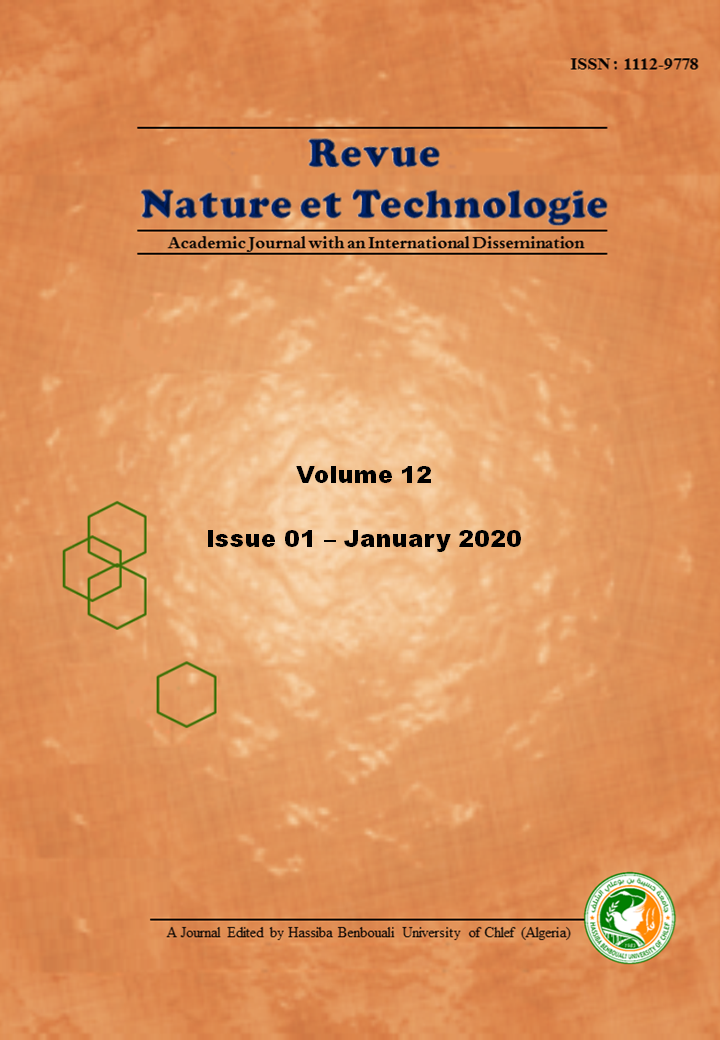The sedentarisation of pastoralists and its impacts on the sustainability of forest ecosystems in the Central Middle Atlas (case of Ifrane province, Morocco)
Keywords:
Sedentarisation, High–altitude rangelands, Middle Atlas, Semi– structured interviews, Sustainability, Forest resourcesAbstract
Since the last decades, transhumance movements in the province of Ifrane are reduced in favor of a general progress of
sedentarisation on high altitude rangelands. This permanent installation induces overexploitation of high– altitude rangelands and forests essentially composed of green oak and the Atlas cedar trees. The aim of this paper is first to quantify the evolution of sedentarisation on high– altitude rangelands through the evolution of construction’ numbers, then to highlight the main factors inducing this phenomenon and finally to show the impacts of this progression on forest resources. The methodology adopted is based on data collected through semi– structured interviews; with groups of resource persons from all ethnic communities of the province. The results show an evolution of the sedentarisation of 24 new constructions per year between 2005 and 2015. This evolution took place under the effect of internal factors (demographic growth, cultivation of the low altitude rangelands, etc.) and external factors (installation of Adarouch Ranch and disengagement of the State from its enforcement role). Sedentarization is a threat to the sustainability of forest resources through the continuous exploitation in time and space of these resources, the abandonment of the practice of Agdal on the lawns and the generalization of delimbing and topping of forest trees in times of scarcity (autumn– winter).

Downloads
Published
How to Cite
Issue
Section
License
Copyright (c) 2020 Nature & Technology Journal

This work is licensed under a Creative Commons Attribution 4.0 International License.
- All publications of "Nature & Technology Journal" are available under CC-BY Creative Commons Attribution 4.0 International which allows sharing, copying, reproduction, distribution, communication, reuse, adaptation by all means, in all formats and under all licenses.
- Any exploitation of the work or derivative works, including for commercial purposes, is possible. The only obligation is to credit the creators of the authorship of the original works, to indicate the sources and to indicate if modifications were made to the works (obligation of attribution).
This License gives:
- Nature & Technology Journal the right to develop, promote, distribute and archive the article set cited above (including, without limitation, the right to publish the work in whole or in part in any form whatsoever) and ensure the widest dissemination.
- The author (s) reserves the right to use all or part of this article, including tables and figures of his own works, providing that the appropriate recognition is given to the publisher as the holder of the copyrights, and the right to make copies of this article for its own use, but not for sale.




